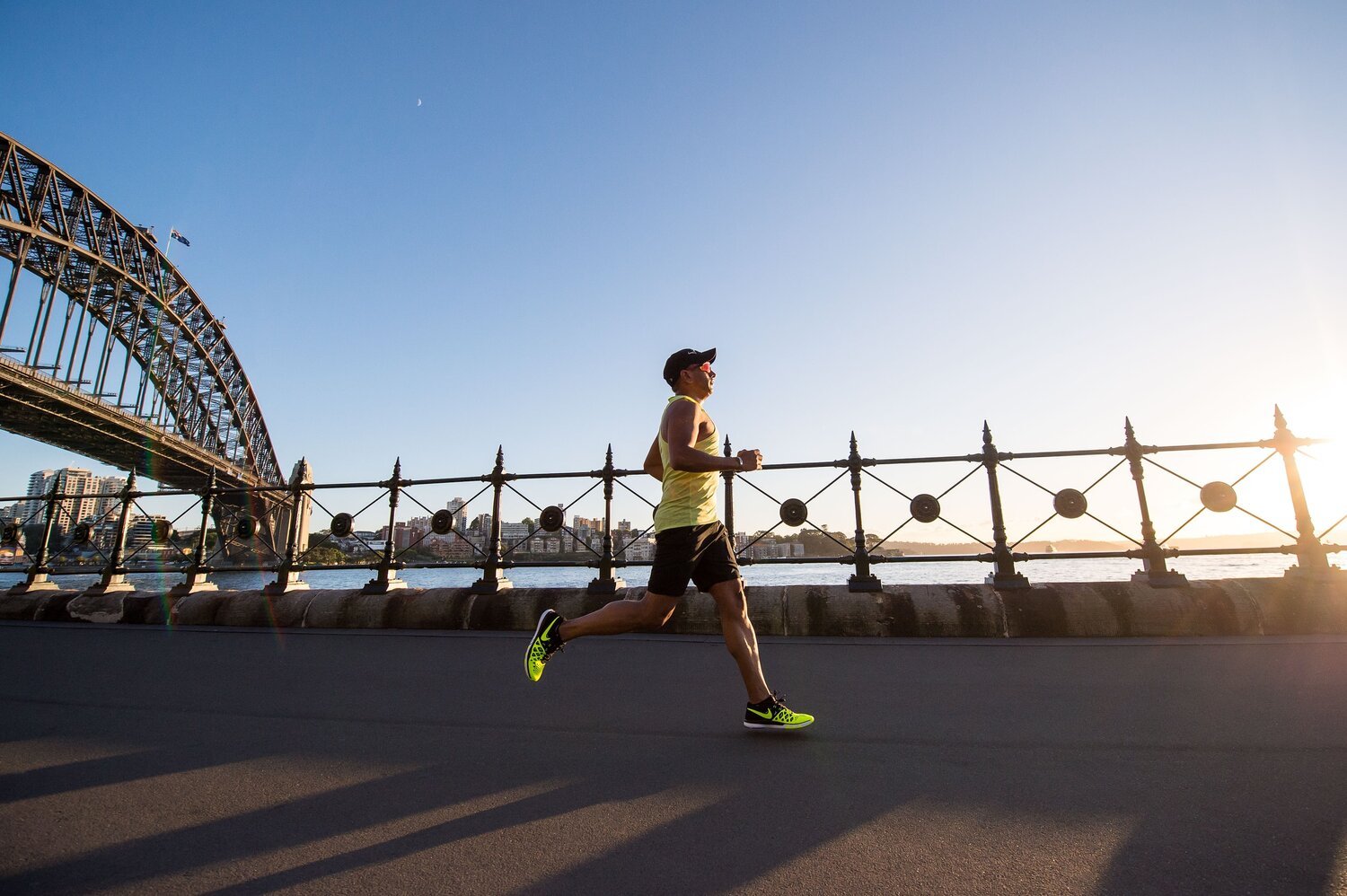If You Train So Hard, Why Do You Gain Weight?
“I train so hard, I do my long runs, I’m improving as a triathlete, I can endure long hours on the bike… Why then can’t I lose weight? In fact, why in the world am I gaining weight?”
Does this sound familiar to you?
You are way ahead of the average population, you train long hours, you consider yourself to be living an active lifestyle. You go to the gym, you are runner, a cyclist or a triathlete. You look at your wearable device and you are proud to burn thousands of calories. Why then are you not losing weight? Or even worse, why are you gaining weight?
This seems to be a very common part of the journey for many triathletes, myself included. I’ve been in the weight loss limbo many times, without having a clue what I was doing wrong.
The internet is full of information on the subject, some is extremely technical and some is very vague. I found it frustrating that nobody seemed to have a straight answer, or at least concrete information and a fool-proof plan that I could follow.
To help you out, I will attempt to put together a simple guide that you can use as a starting point. I’ll take out all the technical aspects, because we can easily get lost in the numbers, and I find it’s stressful to approach this particular goal from a scientific point of view.
Tip Number 1. Food Timing
The time of day you ingest your food has a tremendous impact on your weight loss. We have been told to eat X number of calories per day to lose weight; but, eating in the wrong time of the day causes weight gain. For example, eating late night is not the same as eating in the morning. This is due to the fact, that during the day we are active and burn more calories than when we are sleeping.
Every time we eat the clock starts over. Your belly starts digesting the new food you just ate. This process takes several hours to complete, and the whole time your body is busy digesting and not burning fat.
The more time that passes between meals, the more time you allow your digestive system to finish digestion. After it does, it switches to burning fat. If you don’t give it enough time, you are always in the state of digesting food.
The perfect way to create a longer gap of time between meals, is by having an early dinner. A long fast between your last meal of the day and your first meal the following day, will allow your body to switch to fat burning mode while you sleep. Here as a practical example:
WAKE UP: 6:00 AM
BREAKFAST: 6:30 AM
WORK: 7:30 AM
LUNCH: 12:00 PM
LEAVE WORK: 3:30 PM
DINNER: 4:30 PM
SLEEP: 10:00 PM
Here we are creating a daily gap of 14.5 hours between dinner and breakfast the next day. Your body ends digestion at around 11 pm or so, and your metabolism switches to a mode called Ketosis (I’m going to break my promise here and use a fancy word). Ketosis is basically when your body uses a mix of carbohydrates and fat to simply be alive, and later in the night switches to pure fat burning while sleeping. All this means, that in this example you burn fat every day.
Tip Number 2. Carbohydrate Timing
Sorry, another fancy word for something simple as choosing what to eat at certain times of the day.
Let me explain. Carbohydrates are not bad, they are the source of energy to simply doing everything in life. Now, there are several types of carbohydrates, so we want to consume the ones we need at the right time of day. Here is practical example:
SERG HAS TOAST, POTATOES, OR RICE WITH EGGS FOR BREAKFAST AND ORANGE JUICE.
SERG HAS BROWN RICE AND STEAMED VEGGIES WITH CHICKEN OR SALMON FOR LUNCH.
SERG HAS SPINACH, TOMATO, MUSHROOMS, GREEN PEPPERS, WITH A BIT OF TURKEY FOR DINNER.
Notice how Serg chooses starchy carbohydrates in the morning, whole grain and vegetables (non-starchy carbohydrates) for lunch, and fresh salad at night.
This sets Serg up for a perfect carbohydrate taper as the end of the day approaches; by choosing less condensed and less carbohydrate-focused meals as the day goes by. We want to program our bodies and set them to fat burning mode at night by eating low glycemic index foods and controlling sugar spikes in the blood (sorry another two fancy words here). This means, your body will be readier to burn fat as is not in a high sugar state.
Tip Number 3. Measure Your Progress
Weight loss is not always an indicator of successful fat burning. Being able to measure your body composition on a daily basis is a powerful tool, not just for motivational purposes, but for learning the “real feel” of your metabolism.
This is a hard concept to explain for me. I like to record in my brain, what it feels every time I measure myself. I ask questions like, “do I feel bloated?”, “do I feel light?”, “do I feel heavy?”, “do I feel clean inside?”, “do I feel nauseous?”, etc. I then relate the feeling to the results of the body composition measurements, and take mental notes.
This allows me to know myself better and see what works and what doesn’t, what I’m doing wrong and what I’m doing right. With time, this brain-body connection helps you make the right choices during the day.
I highly recommend the use of smart scale that doesn’t just measure weight, but also fat, water and your lean body mass percentage. This will help you track progress and create that brain-body connection.
Having this data sent to your phone and being able to track history numbers (at least for me) is motivating. Here is an example of what my tools are:
I use the Below Smart Scale that connects to my phone and sends data to my Apple Health as well as my Training Peaks account. It is important to be consistent on the time you weigh yourself, as it fluctuates during the day. Choose a time of the day, I recommend first thing in the morning after you wake up.
Tip Number 4: Balance
A sustainable long-lasting lifestyle is something that is achievable. I don’t believe in any diet that promise short-term results. I don’t believe in food restrictions, because for some of us, restrictions lead to eminent temptation. I don’t like the feeling of defeat because I broke and ate something restricted. After all, a goal is not worth the work if the process makes you unhappy. The key is long term sustainability. “Failing” one time is not failing, it’s simply life.
I once read that a weight loss journey is like sailing a boat; you are never on a straight line, you are always losing or gaining, but it’s never a single straight line.
So, don’t worry if you gain for a day or even for a few days. If you apply these tips and are consistent, you will eventually lose all the extra weight. I have done this approach for several years, season after season, and I’ve had great success.





